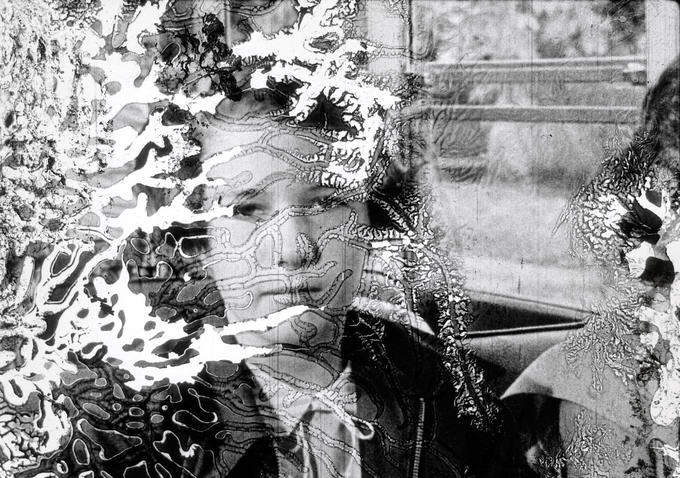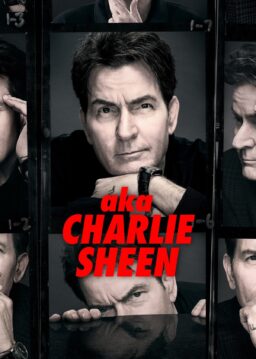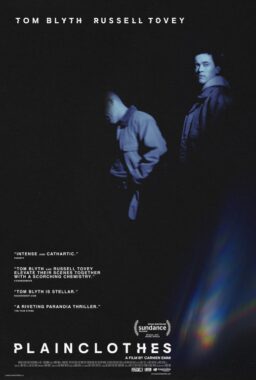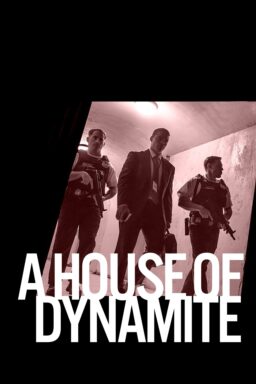“Sublime Decay” is the phrase the arts critic and cultural
entrepreneur Lawrence Wechsler coined to describe the work of filmmaker Bill
Morrison, writing in the New York Times over a decade ago. It’s not an inapt
term. While in the normal world of film viewing, peeling emulsion on a strip of
celluloid is a sign of disintegration and potential ruin, to Morrison it’s the
key to a series of different, magical images. A face nearly a century old loses
half of its definition; in its place is mere blank space that a projection bulb
exposes without mercy. For a normal projectionist, this is a flaw, maybe a
fatal one. For Bill Morrison, it’s a possibility.

Morrison’s most famous film is the 2002 feature “Decasia,”
in which he assembles decaying footage from a variety of films to construct an
abstract narrative about mortality in all of its manifestations. Its
staggering, poignant images are matched by an orchestral score—a symphony, in
fact, by contemporary composer Michael Gordon. It’s a movie of unrelenting
sensation; my favorite sequence shows a sea seen from a ship’s prow, the
black-and-white image undulating with a mix of overexposure and literal
cracking-apart, while Gordon’s strings slide down a scale at queasy intervals,
creating an effect that’s both hypnotic and almost sea-sickness inducing. This
movie has the pride of place in the wonderful five-disc set from Icarus Films,
“Bill
Morrison: Collected Works.” “Decasia” is on the opening Blu-ray of the set,
while the remaining collected works are on standard-definition DVDs.
The other discs reveal Morrison as not “just” a manipulator
of archival footage. Much of his short
work is shot by the filmmaker, but like his found-footage films, these movies
investigate and exploit the physical texture of film and its relation to
narrative convention and innovation. For instance, his 2000 film “Ghost Trip,”
in which a Cadillac hearse navigates a River Styx made of asphalt, is shot in
overexposed black-and-white, giving the images the look of a too-often
reproduced photocopy, with blown-out whites and super-deep blacks, for a
hallucinatory funereal effect. Elsewhere, Morrison works magic through the
careful assembly and preservation of non-rotting film, as in “Reawakenings,”
which puts Philip Glass’s music over an edit of Super8 film shot by Dr. Oliver
Sacks of his patients of the 1960s coming back “to life” under the influence of
the drug L-Dopa (a medical adventure chronicled by Sacks in his book
“Awakenings” and the Hollywood film of the same name).
In his other major found-footage films, the melting of the
imagery becomes a central event in the re-editing of 1926’s “The Bells,” an
anti-Semitic propaganda film that Morrison “redeems” through his imaginative
reediting in two films, 2004’s “Light Is Calling” and 2004’s “The Mesmerist,”
which cobbles a whole new fantasist narrative out of the film. The social
conscience of unearthing and preserving the past comes to the forefront in “The
Miners’ Hymns” from 2011 and 2013’s “The Great Flood,” two assemblies of old
footage that play like combinations of conventional documentaries and cinematic
poems. “Hymns,” culled from material provided by the British Film Institute,
shows the painful history of North England mining towns from the 1950s on, with
a special emphasis on the faces from the past that is replete in the footage.
“The Great Flood,” concerning the Mississippi Flood of 1927, combines
jaw-dropping disaster footage with trenchant montages, including a
flash-forward trip through a vintage Sears-Roebuck mail-order catalog ending
with bargains for grave markers.
Everything in this set is innovative and intriguing but some
of it doesn’t work as well as the sublime pieces I’ve cited. All of these
movies feature music by top-flight players and composers, including Bill
Frissell, Vijay Iyer, and Johann Johannson. Several feature not just music but
words set to music, and while the libretti of the soundtracks to “Before I
Enter” and “Porch” are at a level of
achievement commensurate with the music, the words impart a literalism to
Morrison’s images that’s a bit distracting. There’s too much going on at once.
I also have a minor technical quibble. A couple of Morrison’s films, for
instance “Outerborough,” which captures an elevated train’s journey as captured
from both the front car and the rear, use split-screen imagery. This could have
filled a 16:9 frame, but here Icarus chooses to present the image windowboxed
within smaller 4:3 dimensions. The same applies to the film “Release.” It’s
hardly a deal-breaker on this wonderful set but it did strike me as a curious
choice. That said, Morrison’s world is one of the most breathtaking and
haltingly disturbing cinematic realms of our time, and this set is a fantastic
way to explore it.












